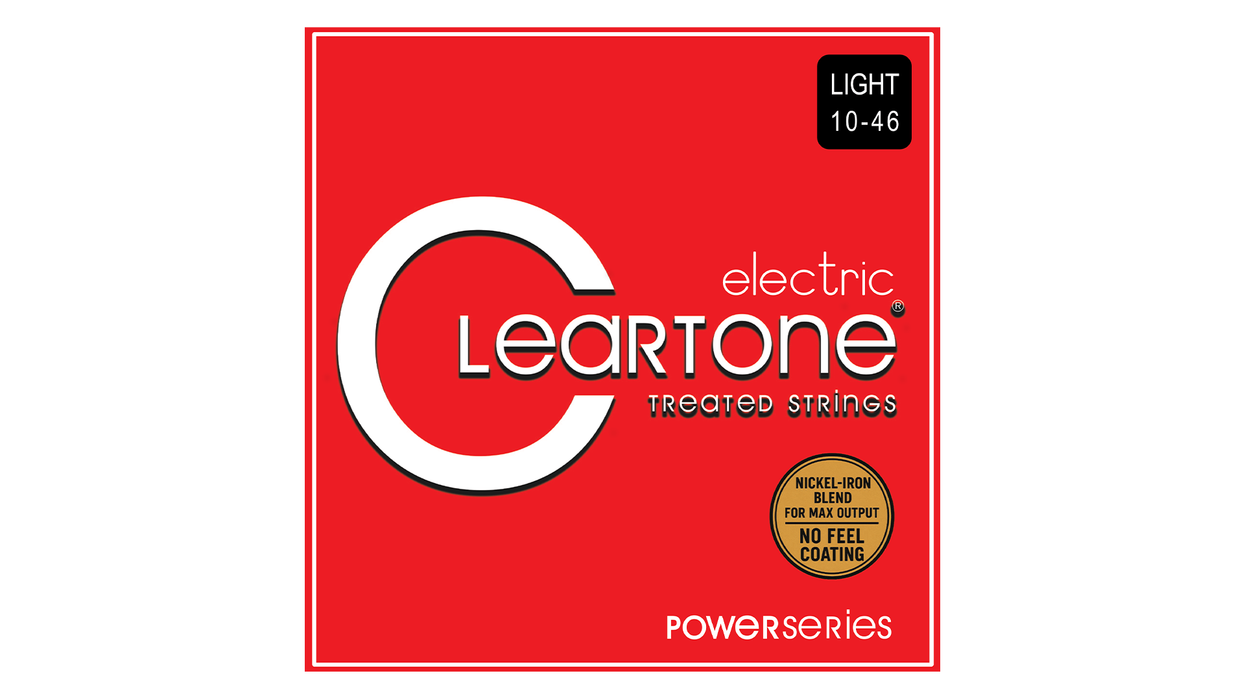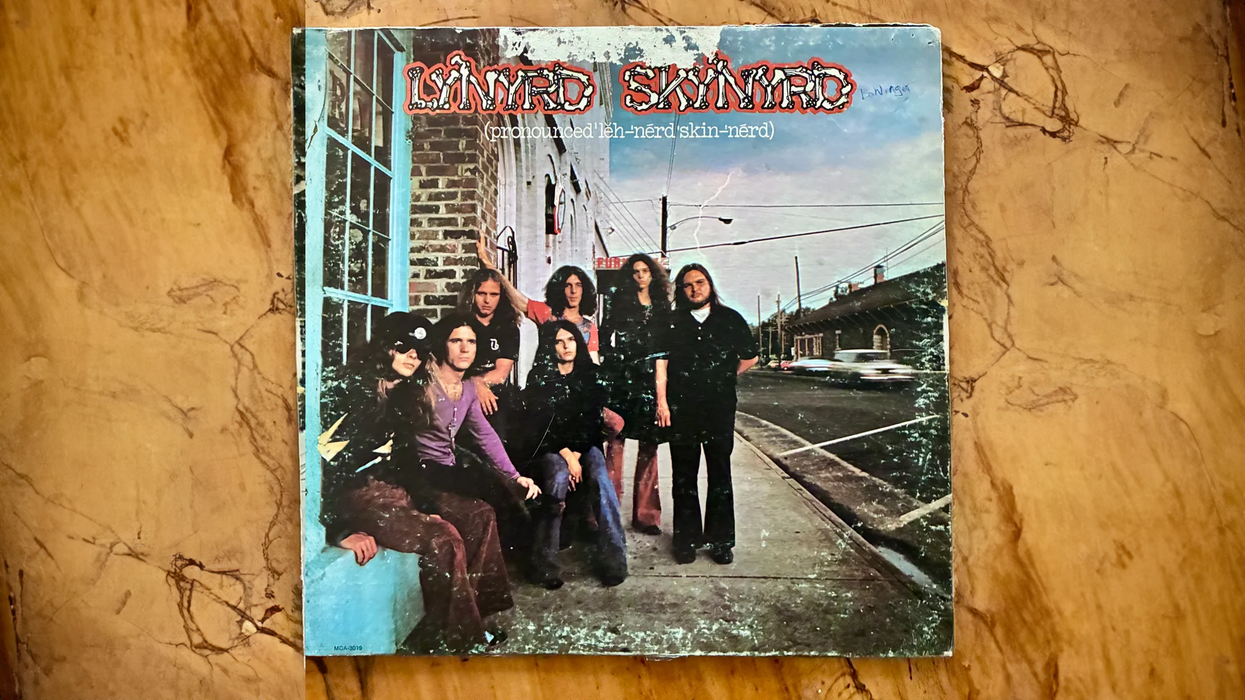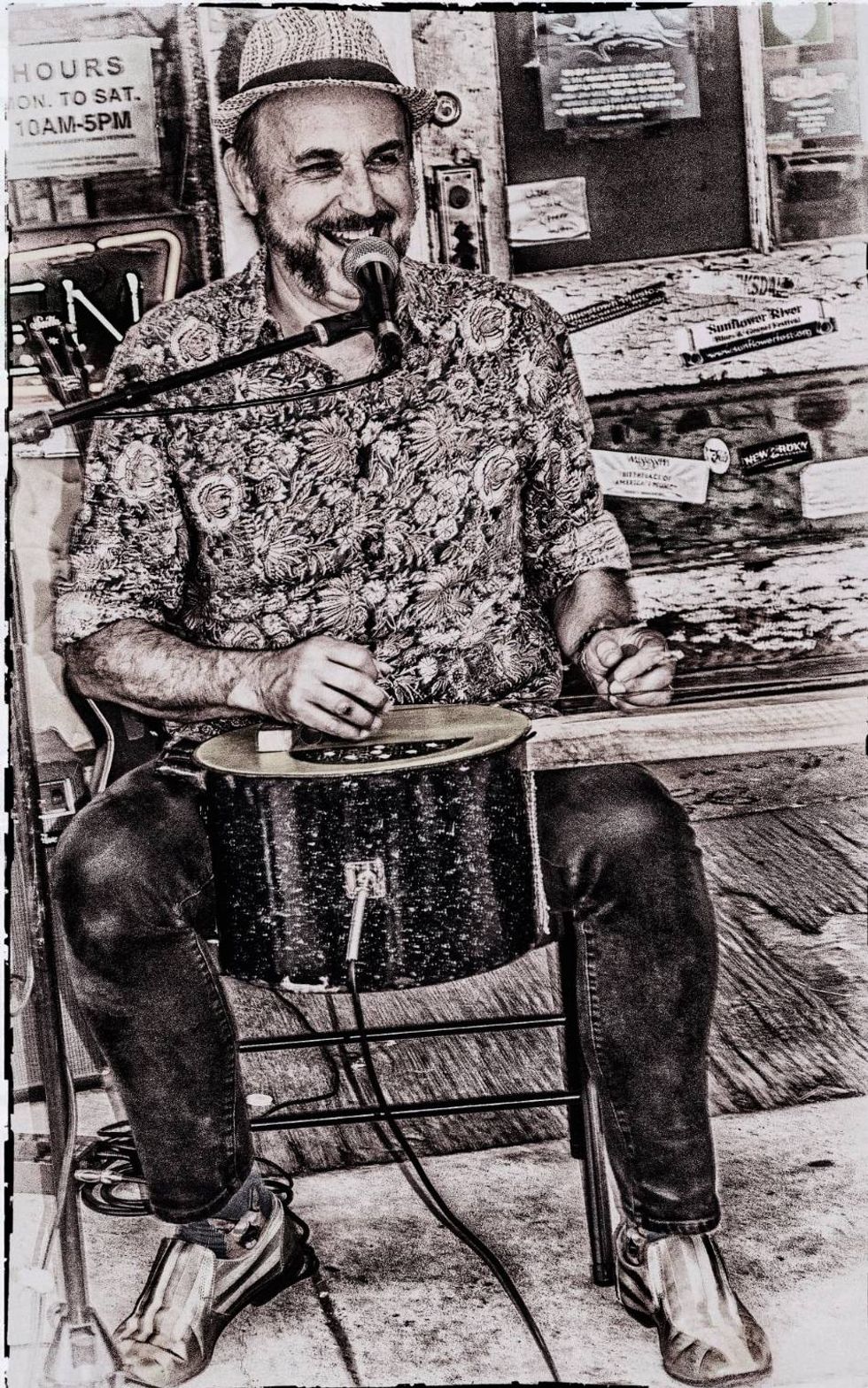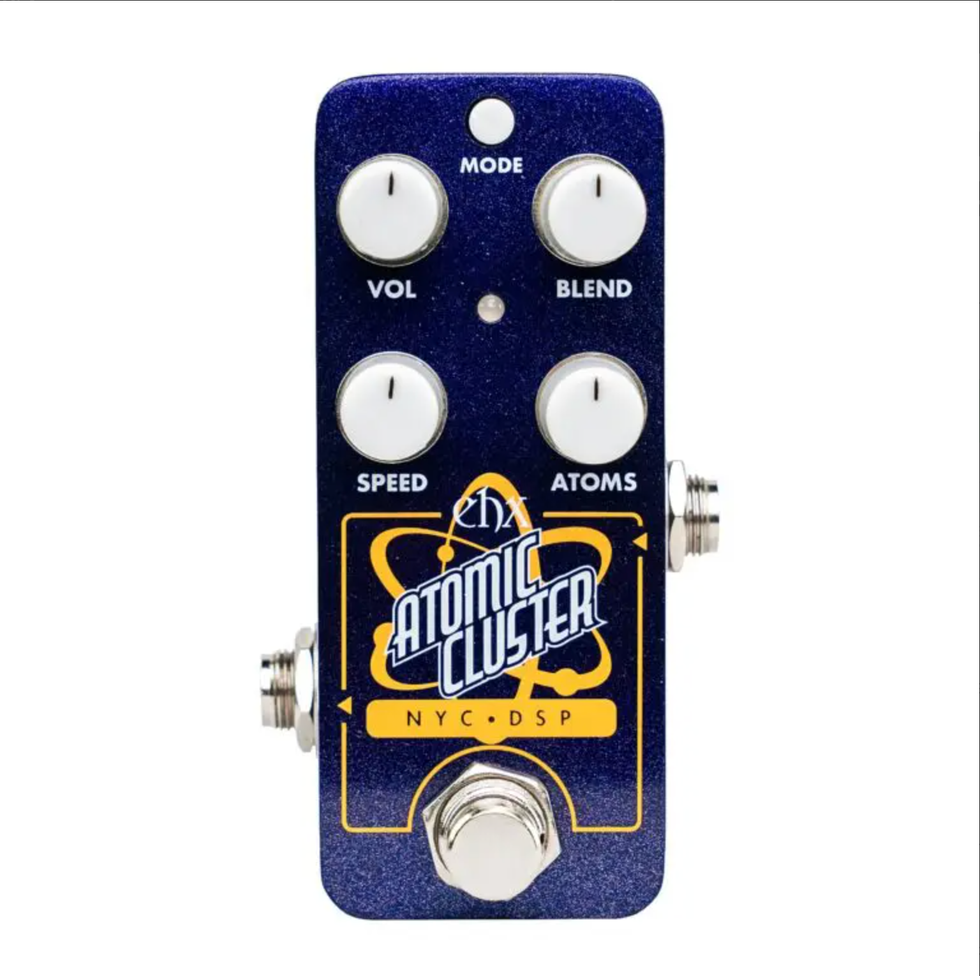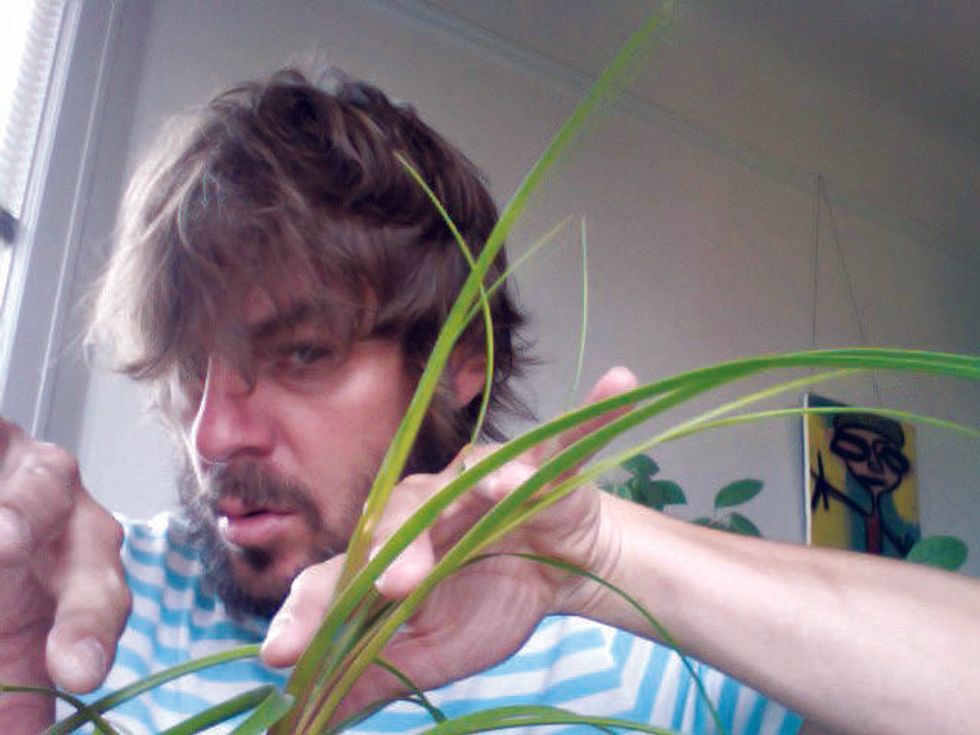Last month I addressed a question I'm commonly asked by fellow guitarists: “Is modeling right for me?" Many players have contemplated an all-or-nothing approach by selling their traditional amp/cab/pedalboard-based rigs in favor of a modeler like the Axe-Fx or Kemper. But what if you simply love the tone, simplicity, and vibe of tube amps? This month I'll explore some cool, best-of-both-worlds hybrid approaches to using modeling units alongside traditional rigs.
I started using a terrific digital load box in 2013 called the Torpedo Live. Made by Two Notes Audio Engineering, the Torpedo Live was designed to take the full output of a tube amp—up to 100 watts—and load it down safely to line level using its internal reactive load.
The Torpedo Live also serves as a host for impulse response files. Impulse response technology provides us modern guitarists with an extremely realistic-sounding way to simulate the sonics of speakers, cabinets, and microphones. The Torpedo Live comes with a wide selection of cab and microphone sounds included, and additional cab and mic sounds can be purchased and downloaded via Two Notes' online “La Boutique." When connected to a Mac or PC via USB, cab and mic sounds can be edited using the comprehensive editor.
The Torpedo Live can be used in conjunction with a real cabinet, too. You can monitor onstage sound traditionally with a cab, but use the Live as a kind of mic eliminator. Or, you could do away with a cabinet completely, and monitor your guitar sound through a full-range monitor system. This is precisely what I did on tour with French pop artist Mylène Farmer in 2013. As is commonplace on many tours lately, we weren't permitted to have cabinets onstage. Rather than mike cabinets offstage, I used two of my signature Suhr PT-100 amps running in stereo into two Torpedo Live load boxes. For speaker and mic simulation, I used an impulse response I made in my Los Angeles studio—a Divided by 13 cabinet miked with an SM57 and a sE VR1 ribbon mic. (Yes, you can blend multiple mics into one IR.) The sound was clean, punchy, forward, and totally consistent for the entire tour.
I think of this as sort of a hybrid tube-amp/modeling rig. I'm utilizing a tube amp for the core tones, simplicity, and functionality, and only using modeling for the back end of my rig. Eliminating cabinets and mics by using quality IRs saves space, cuts stage volume (soundmen will love you), and allows superior tonal consistency.
the entire tour.
In my last column, I mentioned the Fractal Audio FX8 and Line 6 Helix units. These pedalboard-based units feature high-quality modeled effects and are easy to integrate and use with tube amps. These units can be patched in front of an amp, or via the “4-cable method" if your amp has an effects loop. The 4-cable method allows you to place some effects in front of the preamp—such as compression and drive effects—and others like reverb and delay in your amp's effects loop.
Chances are you're already using some sort of modeling for your effects. Many pedals from companies such as Boss, Strymon, and Line 6 utilize modeling technology to achieve their sounds. So it shouldn't be too much of a stretch to imagine using an FX8 or Helix for most, if not all of your effects needs. Moving to one of these units from a slew of pedals on a board can provide some interesting advantages. Fewer cables and a smaller footprint make for a smaller, less-complicated rig. The excellent computer editors for the FX8 and Helix allow for enhanced (and simple) effects tweaking, patch naming, and preset management.
Helix provides some additional interesting features for interfacing with a traditional amp-based rig. Because it has four built-in effects loops, you can incorporate additional stompboxes. If you have a drive pedal or two you can't live without, simply patch them in and control them using Helix. Since Helix is also an IR host and can serve as a cabinet and mic modeler, you can use your tube amp with Helix with no cab required.
Helix has high-quality amp models too, which makes for another very appealing option. If you need to travel light and can't bring an amp to, say, a fly gig, you can make some presets where you place an amp model in the effects chain to replace your real amp!
Imagine a bank of presets tailored for use with an amp and cab. Next, imagine a second bank of identical presets (except tailored for use with a load box) and adding an IR in the effects chain on each patch for speaker simulation. Now consider a third bank of presets that add an amp model to each patch so you can use Helix direct to the board and travel light. The beauty of this is that you're using the same “pedalboard" and won't have to get used to tap dancing on a different rig for each of your setups.
Viewing modeling as an all-or-nothing scenario limits us. When we fully see the possibilities and potential to integrate these new units with our traditional effects and amp setups, it's apparent we are on the cusp of a new age of functionality, efficiency, and tone. Until next month, I wish you great tone!


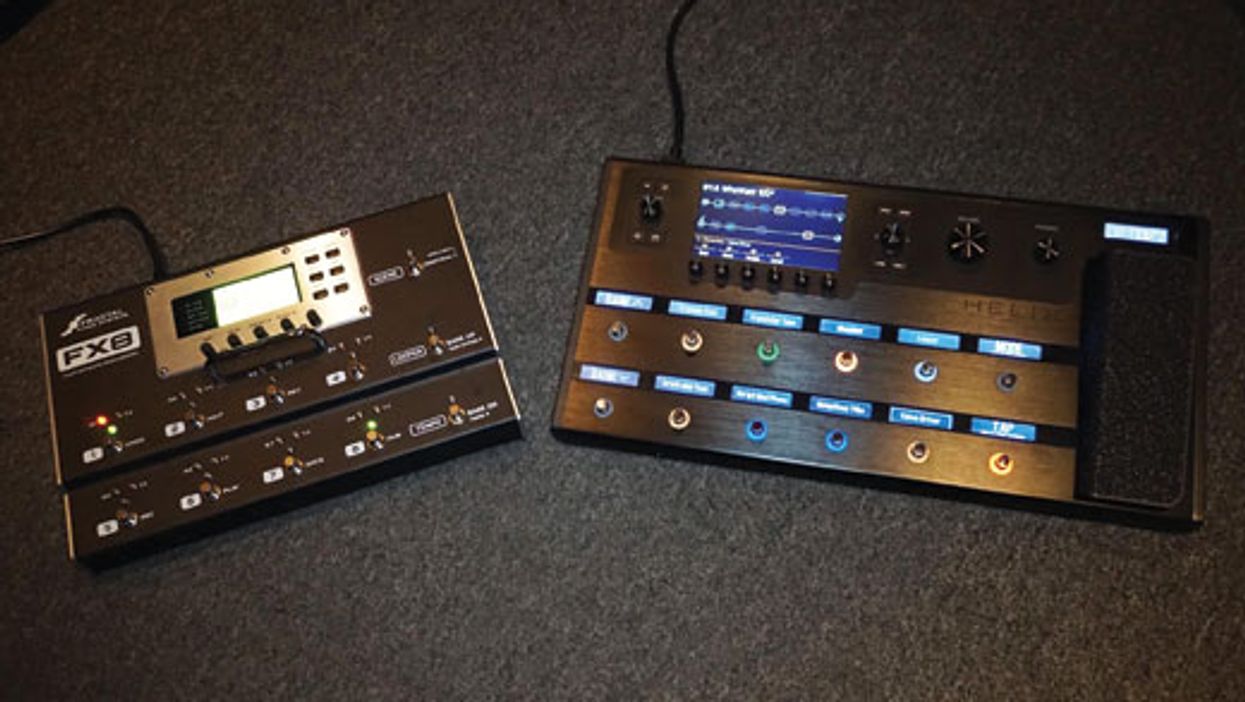

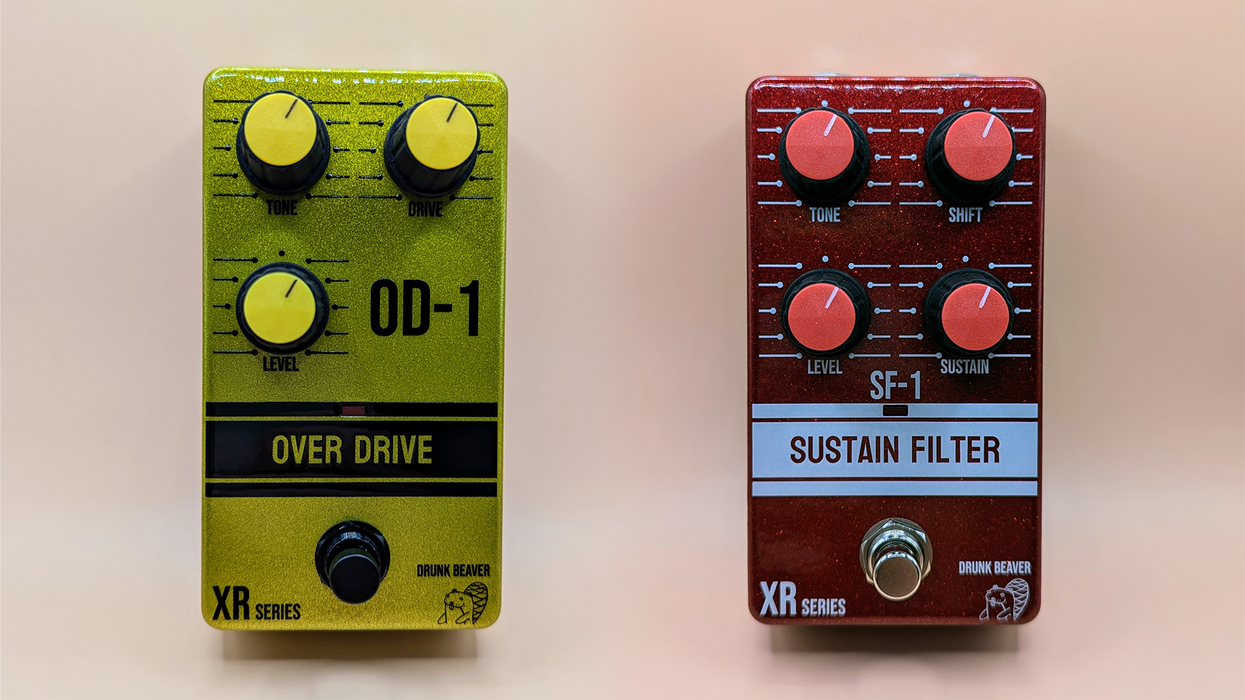
![Rig Rundown: John 5 [2026]](https://www.premierguitar.com/media-library/youtube.jpg?id=62681883&width=1245&height=700&quality=70&coordinates=0%2C45%2C0%2C45)
